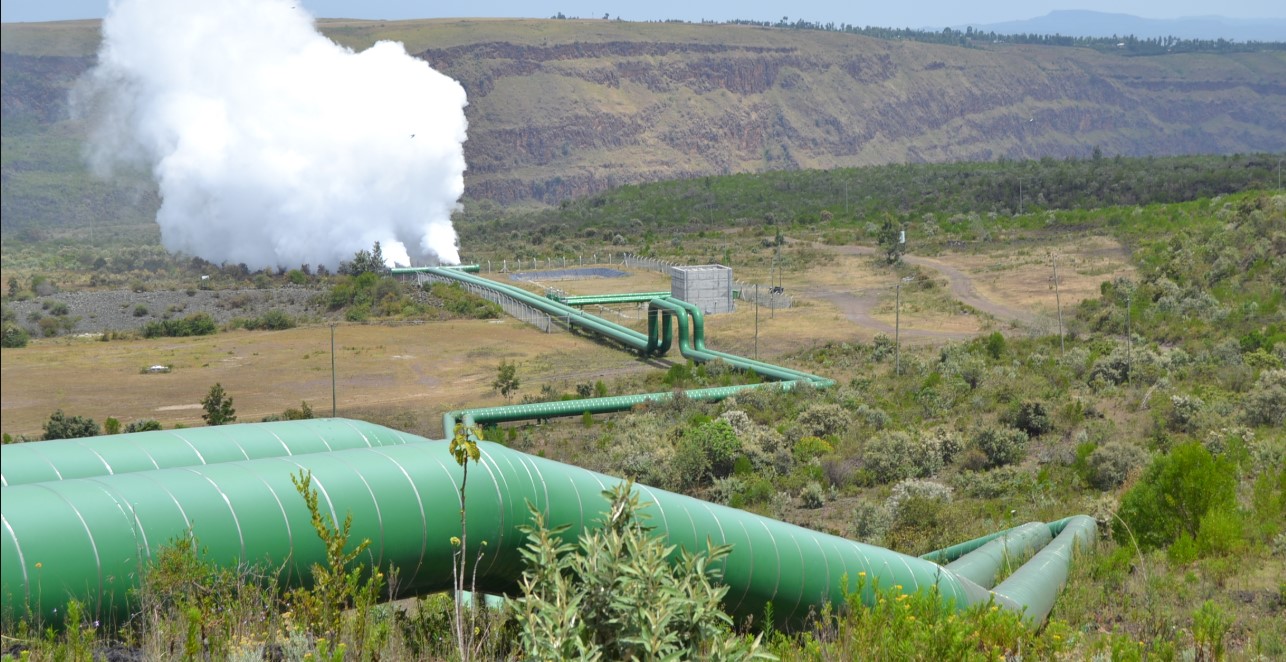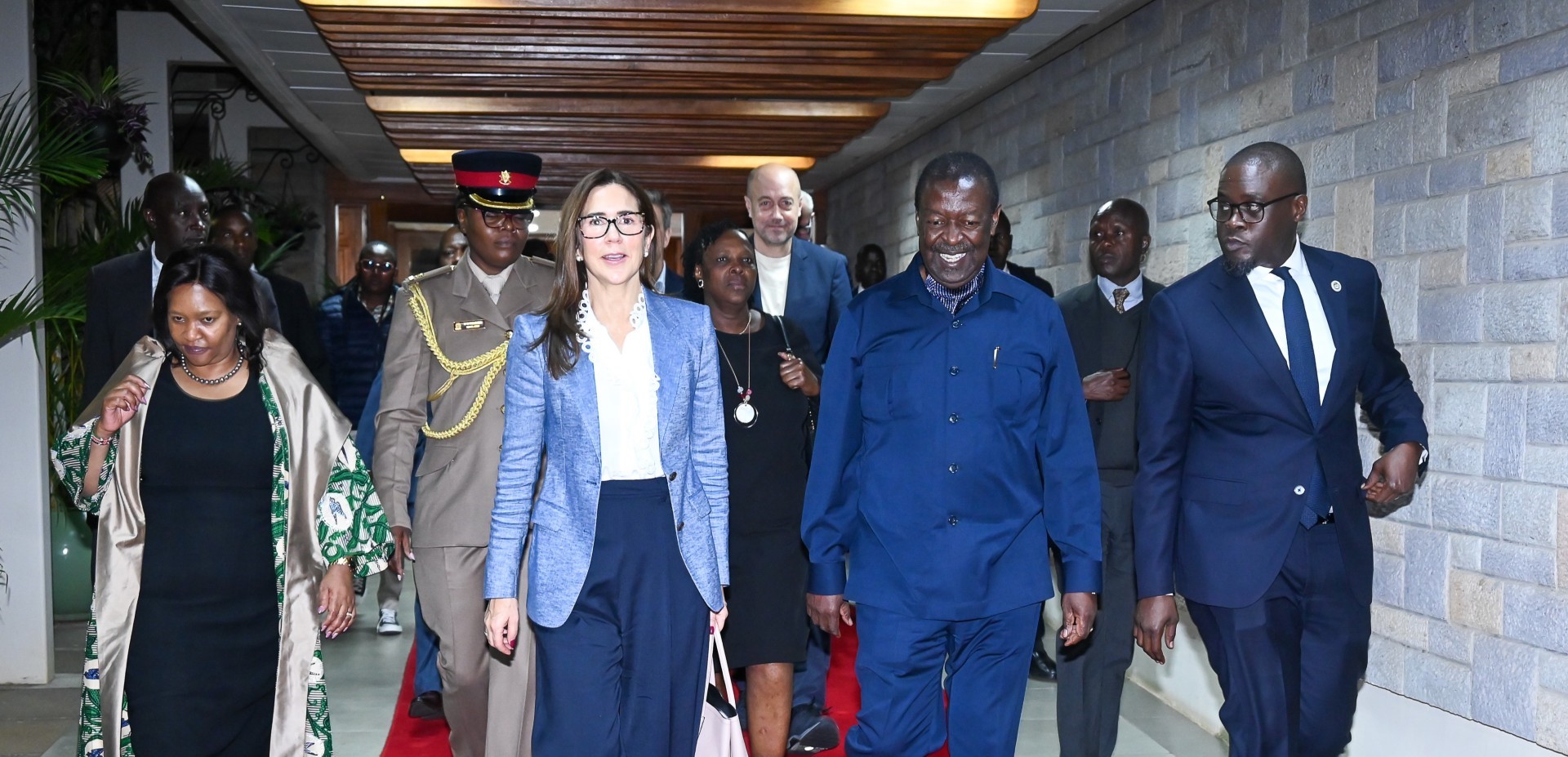- EPRA Director General Daniel Kiptoo Bargoria emphasizes the ongoing transformation in the energy sector. He notes that the rising adoption of e-mobility has led to a substantial increase in electricity consumption, reaching 1.80 GWh. This trend signifies a positive shift towards cleaner transportation solutions.
Geothermal energy remains the cornerstone of Kenya's electricity generation, producing 2,875.33 GWh in the latest biannual report by the Energy and Petroleum Regulatory Authority (EPRA) for the financial year 2024/2025. This renewable source accounts for 39.81% of the nation's total electricity generation. However, this marks a decrease from 44.55% during the same period last year.
According to EPRA, this decline can be attributed to the temporary shutdown of the 45MW Olkaria I power plant for essential rehabilitation and a notable increase in electricity imports from Ethiopia.
In contrast, hydroelectric power has seen a resurgence, climbing from 22.54% to 24.74% of total generation, bolstered by improved hydrological conditions. Hydro generation produced 1,786.90 GWh during this review period.
81.16% of the energy supplied to Kenya's national grid derives from renewable sources, with thermal plants contributing 8.42% and imports making up 10.41%. Within the renewable sector, geothermal energy continues to dominate, followed by hydro and wind generation, which represent 24.74% and 3.46% respectively.
EPRA Director General Daniel Kiptoo Bargoria emphasizes the ongoing transformation in the energy sector. He notes that the rising adoption of e-mobility has led to a substantial increase in electricity consumption, reaching 1.80 GWh. This trend signifies a positive shift towards cleaner transportation solutions.
Read More
"We have seen the energy landscape continue to evolve, driven by growing demand, advancements in infrastructure, and the increasing adoption of sustainable energy solutions," Bargoria stated.






